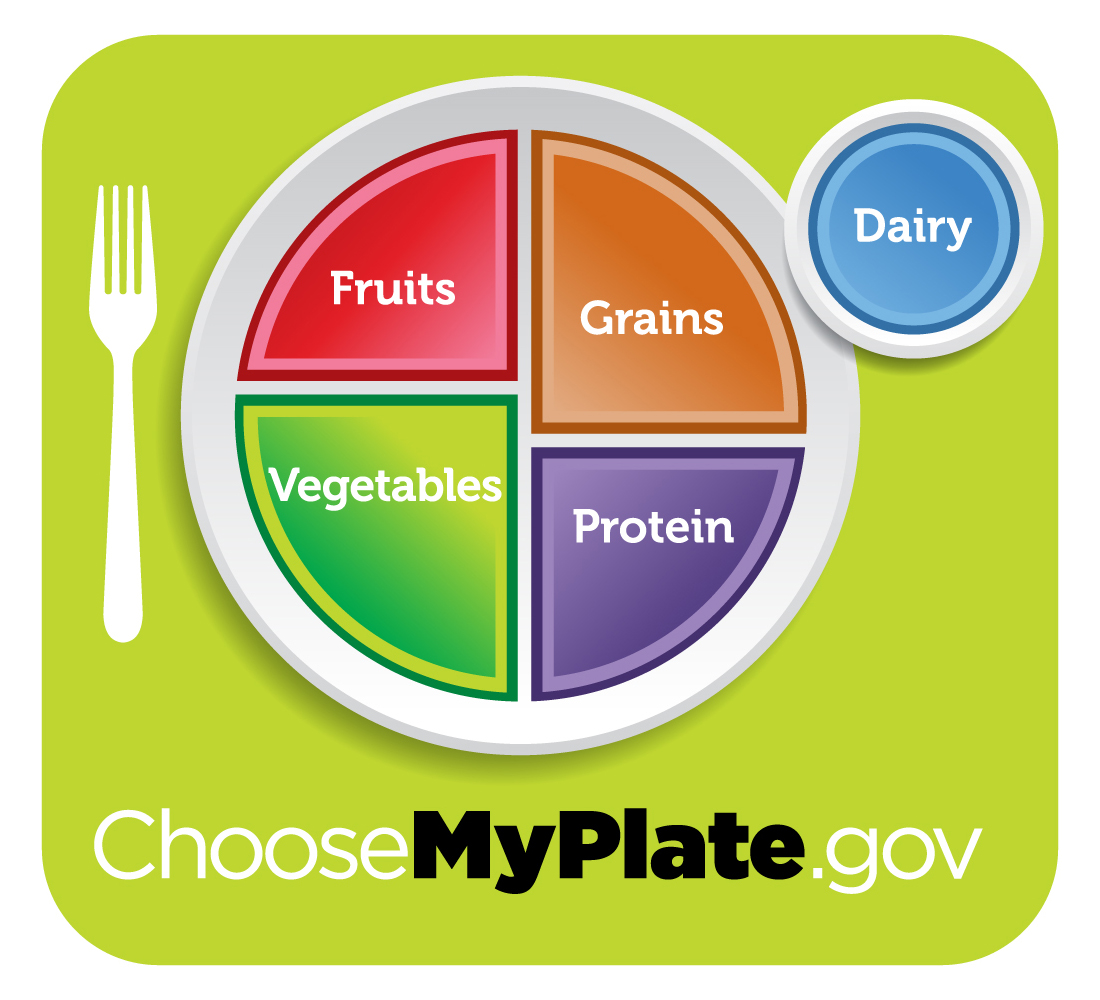
From 1992 to 2010, cases of shingles in people over 65 have increased by 39%. As baby boomers flip over the 65 mark, it’s not surprising to see an increase in cases of the virus. Most people don’t realize people under 65 years old report 50% of all cases.
Researchers propose multiple theories from lack of exposure to the virus due to an effective chicken pox vaccine to lower immune systems due to diabetes and heart disease. Most evidence rules out both of these possibilities, which leaves us with no real reason for the increase in cases of the virus, especially among younger adults.
What you need to know
Shingles arises from the varicella zoster virus, which also causes chicken pox. When a person contracts chickenpox, the virus lays dormant in their nerve cells. Typically the virus “reawakens” as a person’s immune system decreases with age. Shingles appear as a painful, blistering rash. For some sufferers, shingles leaves behind long term pain called postherpetic neuralgia on the site where the blisters erupted. Most people experience one bout of the virus, but some may suffer through two or three recurring cases.
Antiviral medications started within 72 hours of symptoms may shorten the duration of the rash and pain and decrease the chances a person will suffer from long-term pain. Over the counter pain relievers such as acetaminophen and ibuprofen may also help.
Shingles Vaccine
Insurance companies typically cover the cost of a two-dose shingles vaccine for patients 50 years of age and older and may be found at local pharmacies. Patients under 50 who wish to take the vaccine often must pay the nearly $300 cost out of pocket.
If you’ve experienced a rash with or without pain, make an appointment to see your medical provider.
Learn more about research into the rise in young adult shingles cases.











